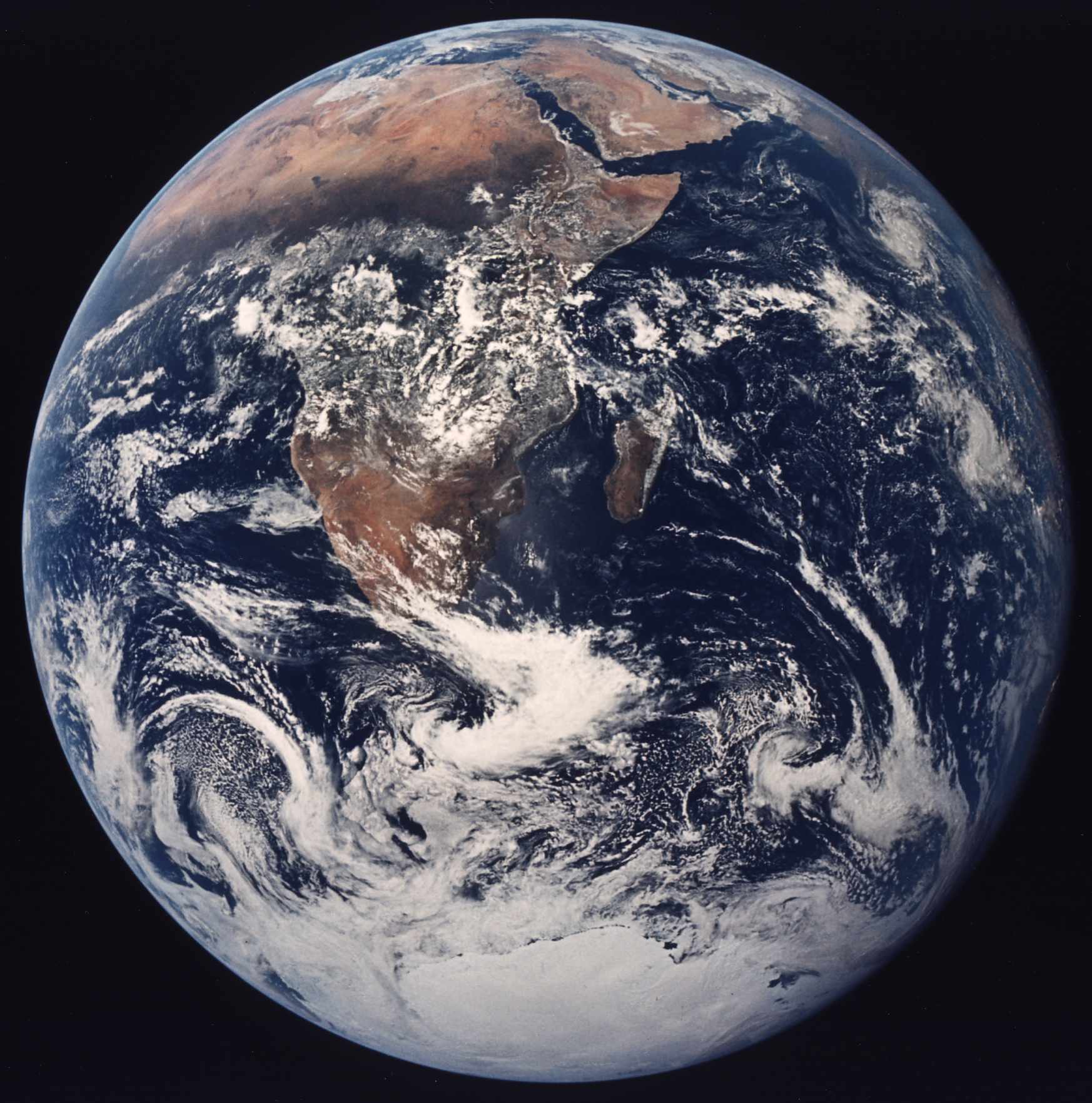African Elephants
African elephants are the largest land animal on earth slightly bigger than their cousin indian elephants. You can tell them apart by their ears, the african elephants have big ears shaped like Africa and indian elephants have smaller rounded ears. When an elephant gets hot they suck up water in their trunks and let it out on themselves. An elephants trunk is for breathing, drinking, trumpeting, and mostly for grabbing. The trunk contains about 100,000 different muscles.
They can weigh up to 13,000 pounds (6.6 tons). People poach for their meat, but mainly their ivory. It is illegal to poach elephants for their meat or ivory.
Elephants eat roots, grasses, fruit, and bark, and they eat a lot of these things. An adult elephant can consume up to 300 pounds (136 kilograms) of food in a single day. These hungry animals do not sleep much, and they roam over great distances while foraging for the large amounts of food that they require for their massive bodies.
 Habitat loss is the biggest threat to elephant with their habitats getting hotter and drier threatening the calfs survival. Their were a few million african elephants turning the 20th century and today their are only about 450,000- 750,000 left. This animal is classified on the endangered list, while their cousin the asian elephant is on the verge of becoming extremely endangered.
Habitat loss is the biggest threat to elephant with their habitats getting hotter and drier threatening the calfs survival. Their were a few million african elephants turning the 20th century and today their are only about 450,000- 750,000 left. This animal is classified on the endangered list, while their cousin the asian elephant is on the verge of becoming extremely endangered.
Mating season is during the rainy season. Gestation lasts 22 months. A litter size is one calf (twins are rare).Calves weigh between 200-250 pounds at birth. At birth, a calf's trunk has no muscle tone, therefore it will suckle through its mouth. It takes several months for a calf to gain full control of its trunk.
By Ty Jenkins

